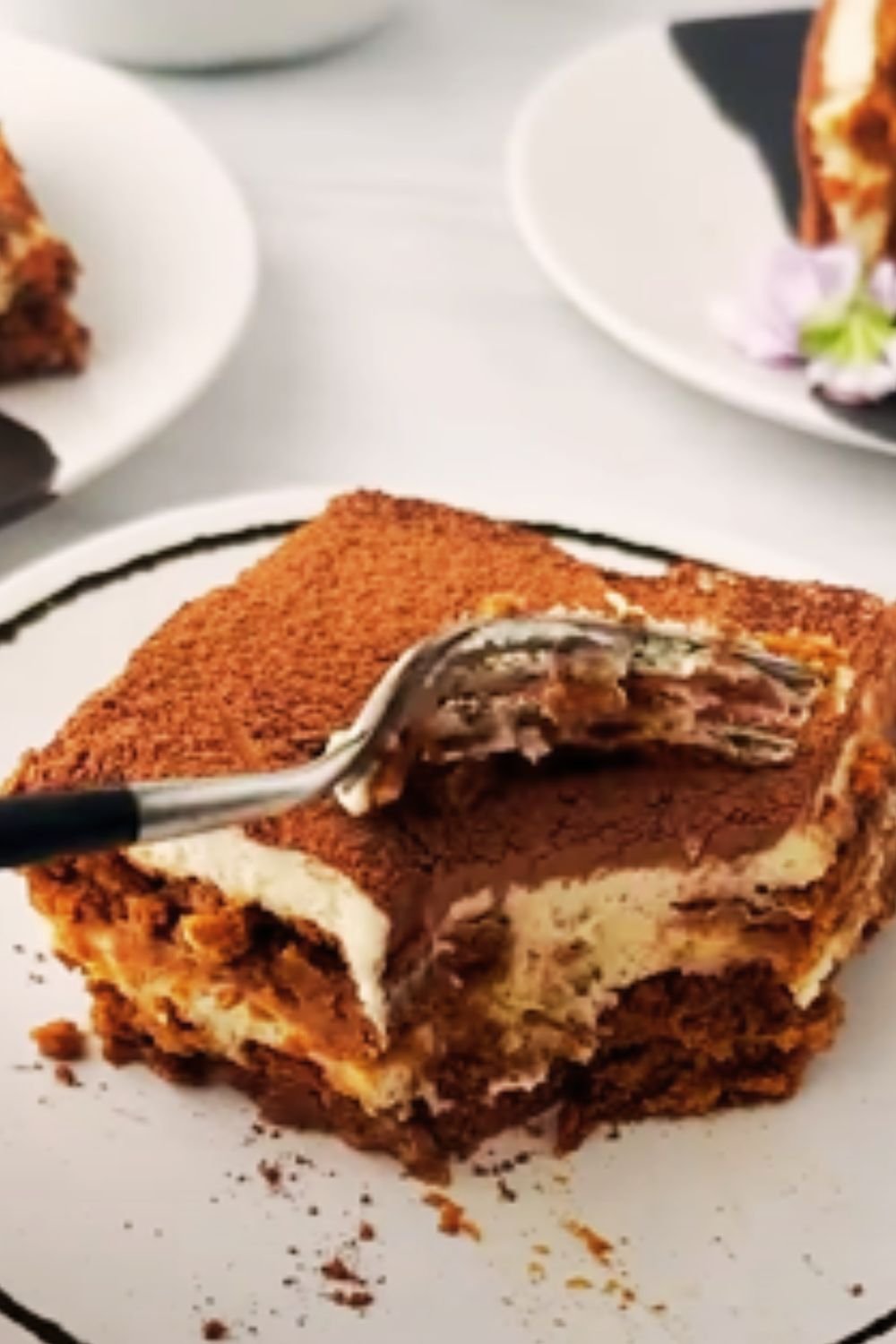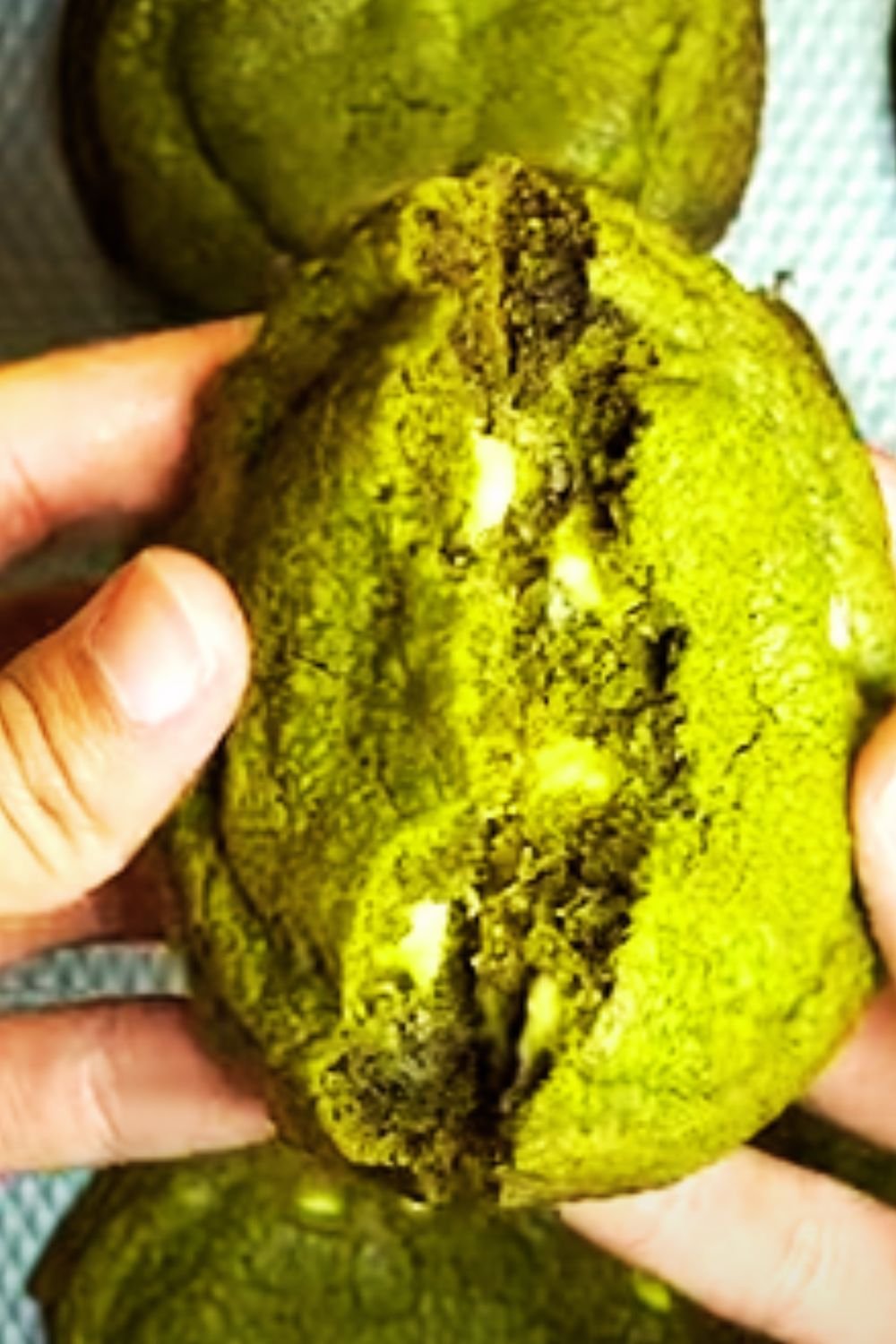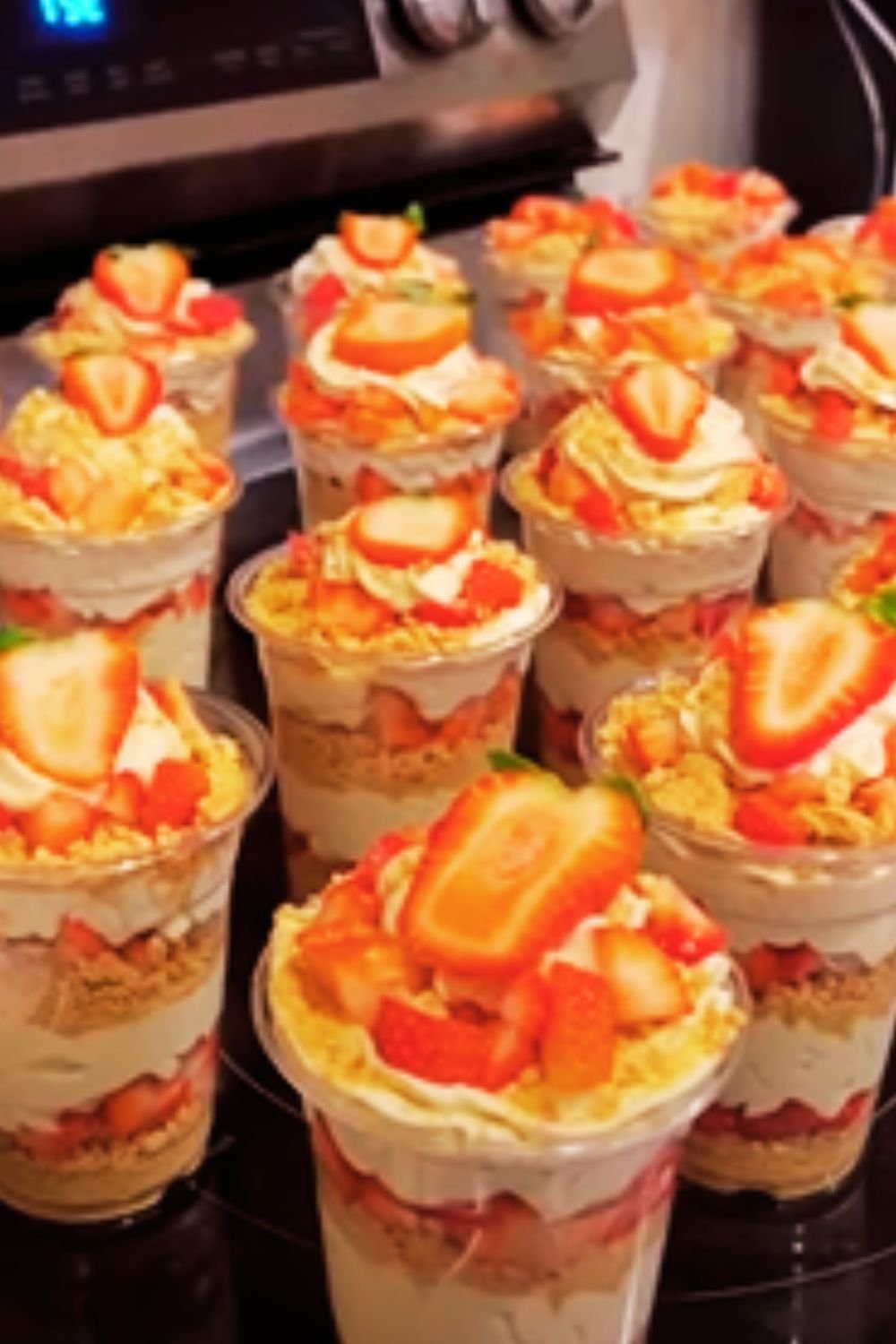There’s something absolutely magical about the moment you bite into a perfectly crafted matcha crinkle cookie. The delicate crackled exterior gives way to a soft, chewy center that’s infused with the earthy, slightly bitter notes of premium matcha powder. I’ve been perfecting this recipe for years, and I can honestly say it’s become one of my most requested treats among friends and family.
When I first discovered matcha crinkle cookies at a small Japanese bakery in San Francisco, I knew I had to recreate them at home. The beautiful contrast between the snowy white powdered sugar coating and the vibrant green interior was absolutely stunning. But more than their visual appeal, these cookies represent a beautiful marriage between traditional Japanese flavors and beloved American baking techniques.
Understanding Matcha: The Heart of These Cookies
Before diving into the recipe, let me share what I’ve learned about matcha through my baking journey. Matcha isn’t just green tea powder – it’s a finely ground powder made from specially grown and processed green tea leaves. The quality of your matcha will dramatically impact the final flavor of your cookies.
Ceremonial Grade Matcha : The highest quality matcha, perfect for drinking and premium baking. It has a vibrant green color and smooth, sweet flavor with minimal bitterness.
Culinary Grade Matcha : Specifically designed for cooking and baking. It has a more robust flavor that holds up well to other ingredients and is more affordable than ceremonial grade.
Ingredient Grade Matcha : The most economical option, suitable for recipes where matcha is mixed with many other flavors. However, the color and taste may be less vibrant.
For these cookies, I recommend using culinary grade matcha. It provides the perfect balance of flavor intensity and cost-effectiveness, giving you those gorgeous green cookies without breaking the bank.
The Science Behind Perfect Crinkle Cookies
Creating the perfect crinkle effect isn’t just about rolling cookies in powdered sugar. The science behind these beautiful cracks involves understanding how different ingredients interact during baking. I’ve spent countless hours experimenting with ratios to achieve that perfect crackled appearance.
The key lies in creating a dough that expands during baking while the powdered sugar coating remains relatively stable. This creates tension that results in those gorgeous cracks revealing the vibrant green interior beneath.
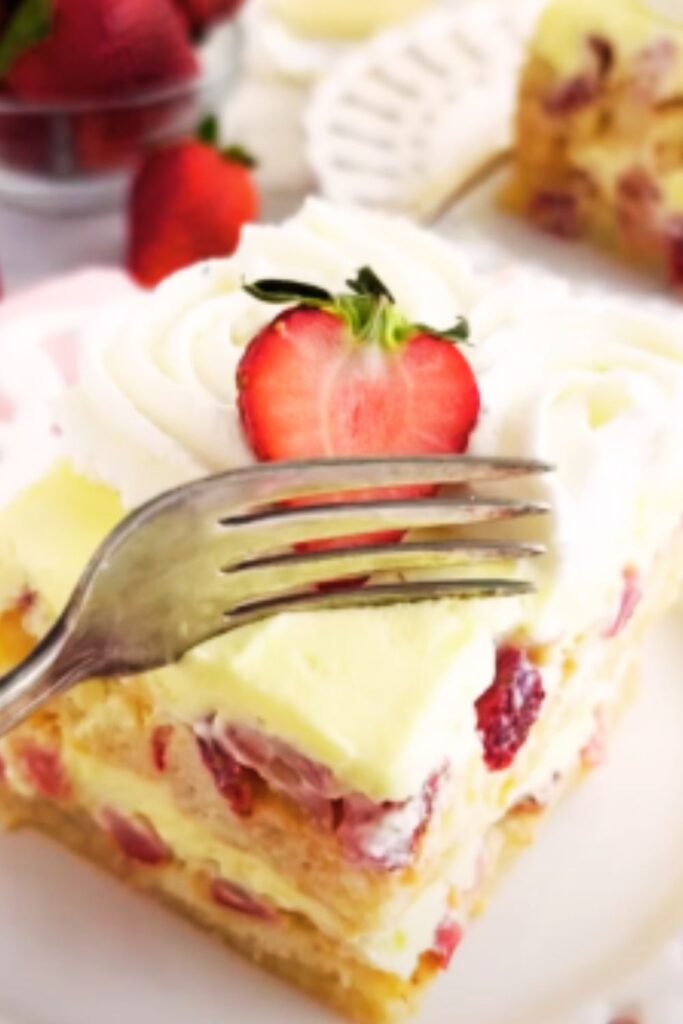
Essential Ingredients for Matcha Crinkle Cookies
| Ingredient | Purpose | Quality Tips |
|---|---|---|
| Matcha Powder | Primary flavor and color | Use culinary grade; sift to remove lumps |
| All-Purpose Flour | Structure and texture | Measure by weight for consistency |
| Butter | Richness and texture | Use unsalted, room temperature |
| Brown Sugar | Moisture and chewiness | Light brown sugar works best |
| Granulated Sugar | Sweetness and structure | Essential for proper cookie spread |
| Eggs | Binding and richness | Room temperature for better incorporation |
| Vanilla Extract | Flavor enhancement | Pure vanilla, not imitation |
| Baking Powder | Leavening for crinkle effect | Fresh for best results |
| Salt | Flavor enhancement | Fine sea salt or table salt |
| Powdered Sugar | Crinkle coating | Sift for smooth application |
My Foolproof Matcha Crinkle Cookie Recipe
Through years of testing and refinement, I’ve developed what I consider the perfect matcha crinkle cookie recipe. These cookies strike the ideal balance between the earthy complexity of matcha and the comforting sweetness of a classic crinkle cookie.
Ingredients:
- 2¼ cups all-purpose flour
- 3 tablespoons culinary grade matcha powder
- 1 teaspoon baking powder
- ½ teaspoon salt
- ½ cup unsalted butter, softened
- ¾ cup light brown sugar, packed
- ½ cup granulated sugar
- 2 large eggs, room temperature
- 1 teaspoon vanilla extract
- 1 cup powdered sugar (for rolling)
Instructions:
Preparation Phase:
- I always start by preheating my oven to 350°F (175°C) and lining two baking sheets with parchment paper.
- In a medium bowl, whisk together flour, matcha powder, baking powder, and salt. Make sure to sift the matcha powder if it’s clumpy – this ensures even distribution throughout the cookies.
Creating the Dough: 3. In a large bowl, cream the softened butter with both brown and granulated sugars until light and fluffy. This usually takes about 3-4 minutes with an electric mixer. 4. Add eggs one at a time, beating well after each addition. Then mix in the vanilla extract. 5. Gradually add the flour mixture to the wet ingredients, mixing just until combined. Don’t overmix – this can lead to tough cookies.
Shaping and Coating: 6. Chill the dough for at least 30 minutes. This step is crucial for achieving the perfect texture and preventing excessive spreading. 7. Place the powdered sugar in a shallow bowl. 8. Using a cookie scoop or spoon, portion the dough into 1½-inch balls. 9. Roll each ball generously in powdered sugar, making sure they’re completely coated.
Baking to Perfection: 10. Place the coated dough balls on the prepared baking sheets, spacing them about 2 inches apart. 11. Bake for 10-12 minutes, or until the cookies have spread and developed beautiful cracks. 12. Let them cool on the baking sheet for 5 minutes before transferring to a wire rack.
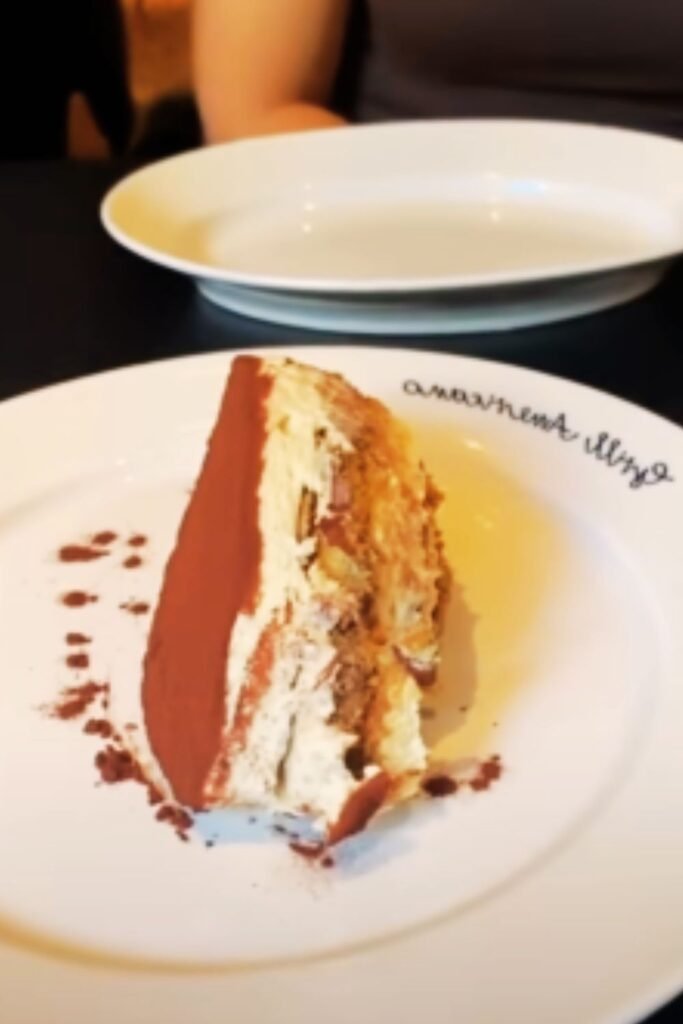
Troubleshooting Common Issues
Throughout my matcha cookie-making journey, I’ve encountered various challenges that many home bakers face. Here are the most common issues and my solutions:
Cookies Don’t Crack Properly The most frequent problem I see is insufficient cracking. This usually happens when the dough is too warm or the oven temperature is incorrect. Make sure your dough is properly chilled and your oven is accurately calibrated.
Matcha Flavor Too Weak If your cookies lack that distinctive matcha taste, you might need higher quality matcha powder or simply more of it. I’ve found that 3 tablespoons is the sweet spot for most palates, but you can increase to 4 tablespoons for a more intense flavor.
Cookies Spread Too Much Excessive spreading often indicates that the butter was too warm or the dough wasn’t chilled long enough. Always ensure your butter is at the right temperature – soft but not melty.
Uneven Green Color Lumpy matcha powder creates an uneven color distribution. Always sift your matcha powder before adding it to the flour mixture.
Nutritional Information and Dietary Considerations
| Nutrient | Per Cookie (Makes 24) | Daily Value % |
|---|---|---|
| Calories | 145 | 7% |
| Total Fat | 4.2g | 6% |
| Saturated Fat | 2.5g | 13% |
| Cholesterol | 25mg | 8% |
| Sodium | 85mg | 4% |
| Total Carbohydrates | 25g | 9% |
| Dietary Fiber | 0.8g | 3% |
| Sugars | 15g | – |
| Protein | 2.5g | 5% |
| Antioxidants | High | – |
Matcha provides excellent antioxidant benefits, including catechins and EGCG, which support overall health. These cookies offer a more nutritious alternative to traditional sugar cookies while maintaining incredible flavor.
Variations and Flavor Enhancements
Over the years, I’ve experimented with numerous variations of this basic recipe. Here are some of my favorite adaptations:
White Chocolate Matcha Crinkles Add ¾ cup of white chocolate chips to the dough for extra richness. The creamy sweetness pairs beautifully with matcha’s earthiness.
Matcha Almond Crinkles Replace vanilla extract with almond extract and add ½ cup of sliced almonds. This creates a wonderful textural contrast and complementary flavor.
Double Matcha Intensity For serious matcha lovers, increase the matcha powder to 4 tablespoons and add 1 tablespoon of matcha powder to the powdered sugar coating.
Gluten-Free Version Substitute the all-purpose flour with a 1:1 gluten-free flour blend. Add an extra ¼ teaspoon of xanthan gum if your blend doesn’t contain it.
Storage and Serving Suggestions
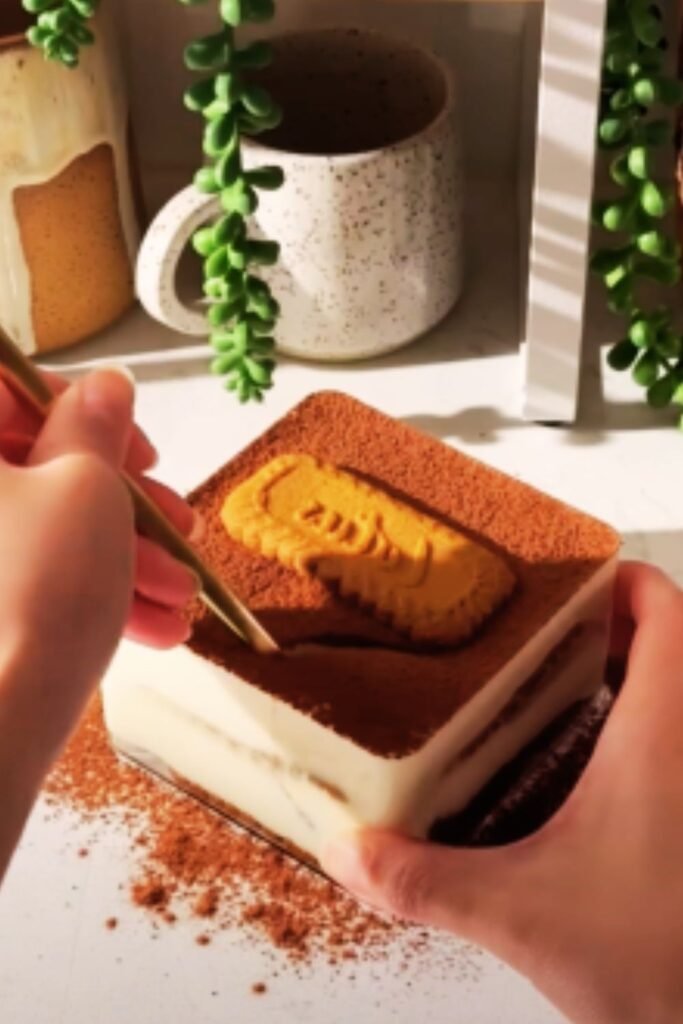
Proper storage is crucial for maintaining these cookies’ perfect texture and flavor. I store mine in an airtight container at room temperature for up to one week. For longer storage, they freeze beautifully for up to three months.
Serving Ideas:
- Pair with jasmine tea or light oolong for an authentic Japanese experience
- Serve alongside vanilla ice cream for a delightful contrast
- Include in afternoon tea spreads with other delicate pastries
- Package as gifts during holidays or special occasions
The Cultural Significance of Matcha in Modern Baking
Incorporating matcha into Western-style cookies represents more than just a flavor trend – it’s a beautiful example of culinary fusion that honors both traditions. When I make these cookies, I’m reminded of how food can bridge cultures and create new traditions.
The vibrant green color of matcha has deep cultural significance in Japanese culture, representing nature, growth, and harmony. By incorporating this ingredient into familiar cookie formats, we create something that feels both exotic and comforting.
Professional Tips for Bakery-Quality Results
After making thousands of these cookies, I’ve developed several professional techniques that elevate the final product:
Temperature Control Maintain consistent dough temperature throughout the process. I often chill my mixing bowl and beaters in the freezer for 10 minutes before creaming the butter and sugar.
Uniform Sizing Use a cookie scoop for consistent sizing. This ensures even baking and professional appearance.
Optimal Timing Don’t overbake. The cookies should still look slightly underdone when you remove them from the oven. They’ll continue cooking on the hot pan.
Quality Ingredients Invest in high-quality matcha powder and pure vanilla extract. These premium ingredients make a noticeable difference in the final flavor.
Pairing Recommendations
The complex flavor profile of matcha crinkle cookies makes them incredibly versatile for pairing with various beverages and complementary treats:
Tea Pairings:
- Sencha green tea enhances the matcha flavor
- Earl Grey provides a lovely citrus contrast
- Chamomile tea offers soothing balance
- Jasmine tea creates an aromatic harmony
Coffee Combinations:
- Light roast coffee complements without overwhelming
- Cold brew provides smooth, less acidic pairing
- Espresso creates an intense, sophisticated combination
Seasonal Variations and Holiday Adaptations
I love adapting this recipe for different seasons and holidays throughout the year:
Spring Version: Add lemon zest to the dough and dust with pink-tinted powdered sugar for a cherry blossom theme.
Summer Adaptation: Incorporate lime zest and serve with coconut ice cream for a tropical twist.
Winter Holiday Style: Add warming spices like ginger and cinnamon, creating a unique holiday cookie that stands out from traditional offerings.
Valentine’s Day Special: Shape the dough into heart forms before coating and baking for a romantic presentation.
Q&A Section
Q: Can I make these cookies without matcha powder? While matcha is the star ingredient that gives these cookies their distinctive flavor and color, you could substitute it with other powdered ingredients like cocoa powder for chocolate crinkles, but the result would be an entirely different cookie.
Q: Why do my cookies not have enough cracks? The cracking effect depends on proper dough consistency and temperature. Make sure your dough is well-chilled before shaping, and don’t skip the powdered sugar coating. The contrast between the expanding dough and the stable coating creates those beautiful cracks.
Q: How can I make the matcha flavor stronger? Start by ensuring you’re using high-quality culinary grade matcha powder. You can increase the amount up to 4 tablespoons, but be aware that too much can create a bitter taste. Also, sifting the matcha powder ensures even distribution throughout the cookie.
Q: Can I prepare the dough in advance? Absolutely! The dough can be made up to 3 days ahead and stored in the refrigerator. You can also shape the cookies and freeze them unbaked for up to 3 months. Bake directly from frozen, adding 1-2 extra minutes to the baking time.
Q: What’s the best way to measure matcha powder? I always measure matcha powder by weight when possible for the most accurate results. If using measuring spoons, make sure to level off the powder and sift it if it appears clumpy.
Q: Why are my cookies spreading too much during baking? Excessive spreading usually indicates that the butter was too warm when mixing, or the dough wasn’t chilled long enough. The dough should be firm enough to handle when shaping. If it’s too soft, chill it for another 15-30 minutes.
Q: Can I reduce the sugar in this recipe? While you can reduce the sugar slightly, keep in mind that sugar affects both the texture and the crinkle effect. Reducing it too much may result in cookies that don’t crack properly and have a different texture.
Q: How do I know when the cookies are done baking? The cookies are done when they’ve spread and developed visible cracks, but still look slightly underdone in the center. They should feel set around the edges but still soft in the middle when lightly touched.
These matcha crinkle cookies have become more than just a recipe in my kitchen – they’re a bridge between cultures, a conversation starter, and a way to introduce friends and family to the wonderful world of matcha. Every time I make them, I’m reminded of why I fell in love with baking in the first place: the ability to create something beautiful and delicious that brings people together.
The next time you’re looking to try something new in your baking repertoire, I encourage you to give these matcha crinkle cookies a try. They’re forgiving enough for beginners yet sophisticated enough to impress even the most discerning palates. Plus, that gorgeous green color makes them perfect for any occasion where you want to serve something truly special.
